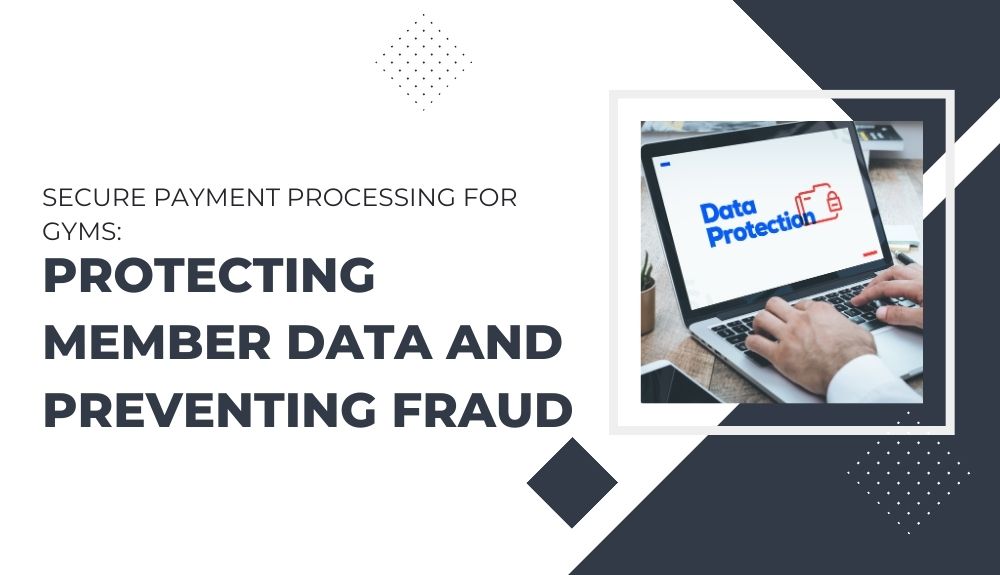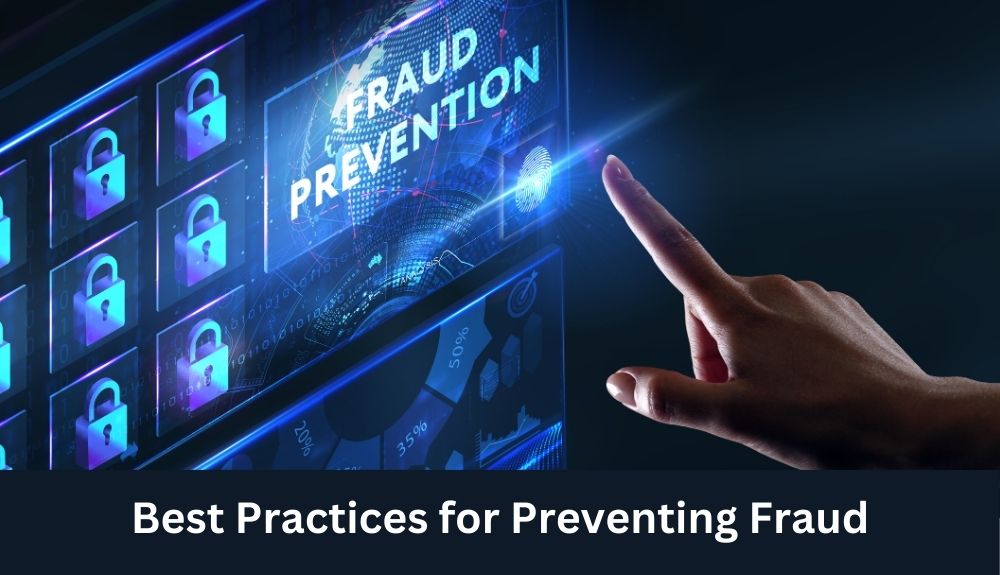
By admin February 4, 2024
Introduction to Payment Processing in the Fitness Industry
In today’s fast-paced and digitally-driven world, payment processing has become an integral part of running a successful business, including gyms and fitness centers. As more people embrace a healthier lifestyle and flock to their local gyms, it is crucial for fitness businesses to prioritize secure payment processing to protect member data and prevent fraud.
But what exactly is payment processing? In simple terms, it refers to the entire journey that a transaction takes from when a customer swipes their credit card or inputs their payment information until the funds are successfully transferred into the gym’s account. Sounds straightforward enough, right? However, there are lurking dangers in this process that can compromise your gym’s reputation and put members at risk.
So buckle up as we delve into why secure payment processing is paramount for gyms across the board. We’ll uncover common risks and threats facing member data and finances while providing you with essential steps on how to implement secure systems. Plus, we’ll explore best practices for preventing fraud that will keep your gym thriving without any unwelcome surprises. Get ready to take control of your gym’s financial security!
The Importance of Secure Payment Processing for Gyms
When it comes to running a gym, there are many factors that contribute to its success. From the quality of equipment and training programs to the cleanliness of the facilities, every aspect plays a role in attracting and retaining members. However, one often overlooked but crucial element is secure payment processing.
In today’s digital age, where online transactions have become the norm, protecting member data has never been more important. Gyms collect sensitive information such as credit card numbers and personal details during the membership registration process. Without adequate security measures in place, this valuable information can easily fall into the wrong hands.
The consequences of a data breach can be devastating for both gyms and their members. In addition to financial losses resulting from fraudulent transactions, there is also potential damage to your reputation as a business. Customers trust you with their personal information when they join your gym; it’s essential that you take steps to safeguard that trust.
Implementing secure payment processing systems ensures that member data remains encrypted and protected throughout each transaction. By utilizing technologies like tokenization or point-to-point encryption (P2PE), gyms can significantly reduce the risk of unauthorized access or theft.
Additionally, secure payment processing helps prevent fraud by detecting suspicious activities and flagging them for further investigation. With advanced fraud prevention tools in place, gyms can identify potential threats before they cause significant harm to both themselves and their members.
To ensure maximum security for your gym’s payment processing system:
1) Choose reliable software providers who prioritize security.
2) Regularly update your systems with patches and upgrades.
3) Train staff on best practices for handling customer data securely.
4) Implement multi-factor authentication protocols for added protection.
5) Conduct periodic audits to identify any vulnerabilities or weaknesses in your processes.
By prioritizing secure payment processing within your gym operations, you not only protect member data but also demonstrate professionalism and commitment towards providing a safe environment for all customers.
Common Risks and Threats to Member Data and Finances

Member data and financial information are valuable assets for gyms, but unfortunately, they can also be targets for various risks and threats. One common risk is the possibility of a data breach or hacking attack. Cybercriminals may attempt to infiltrate the gym’s payment processing systems to gain access to sensitive member data such as credit card numbers or personal information.
Another threat comes in the form of fraudulent transactions. This occurs when unauthorized individuals use stolen credit card details or engage in identity theft to make purchases at gyms. Such activities not only result in financial losses for both the gym and its members but also undermine trust and reputation.
Phishing scams pose yet another danger. Gym members may receive emails or messages that appear legitimate but actually aim to trick them into revealing their personal information or login credentials. These phishing attempts can lead to compromised accounts, financial loss, and potential damage to a gym’s brand image.
Social engineering is also a concern within the fitness industry. Fraudsters may try to manipulate staff members into providing confidential member data or overriding security measures through techniques like impersonation or deception.
To mitigate these risks, gyms must prioritize secure payment processing practices. Implementing robust encryption protocols helps safeguard member data during transmission and storage. Regularly updating software systems with patches and security updates further minimizes vulnerabilities that hackers could exploit.
Additionally, implementing multi-factor authentication adds an extra layer of protection by requiring users to provide multiple forms of verification before accessing sensitive information.
Educating gym staff about cybersecurity best practices is crucial too – this includes recognizing phishing attempts, avoiding suspicious links or downloads, and understanding how social engineering tactics work so they can better identify potential fraudsters.
By taking proactive steps towards securing payment processing systems and staying vigilant against emerging threats in today’s digital landscape, gyms can effectively protect their valued members’ data while maintaining trust within their community.
Steps for Implementing Secure Payment Processing in Gyms
One of the key steps in ensuring secure payment processing for gyms is to choose a reliable and reputable payment processor. Look for a provider that offers robust security features and has experience working with businesses in the fitness industry.
Next, it’s important to implement strong encryption measures. This means encrypting all sensitive data, such as credit card numbers and personal information, both during transmission and when stored on your servers.
Another crucial step is to regularly update your software systems. This includes not only your payment processing software but also any other software used by your gym, such as membership management or scheduling tools. Keeping everything up-to-date helps protect against vulnerabilities that could be exploited by cybercriminals.
In addition to technical measures, educating your staff about security best practices is essential. Make sure they understand how to identify potential fraud attempts, such as suspicious transactions or unusual behavior from customers.
Regularly monitoring your payment processing activity can also help detect any fraudulent activity early on. Implement automated alerts for unusual transactions or patterns that may indicate fraud.
Consider obtaining certifications or compliance standards related to data security, such as PCI DSS (Payment Card Industry Data Security Standard). These certifications can demonstrate to members that you take their privacy seriously and have implemented proper security protocols.
By following these steps and prioritizing secure payment processing in your gym, you can better protect member data and prevent fraud incidents – ultimately enhancing trust among members while safeguarding their financial information
Best Practices for Preventing Fraud

When it comes to preventing fraud in your gym’s payment processing system, there are some key best practices that you should follow. These practices will help safeguard your members’ data and prevent any unauthorized transactions or fraudulent activities.
First and foremost, ensure that you have a secure and encrypted payment gateway in place. This means using the latest technology to protect sensitive information such as credit card details. Look for a reputable payment processor that offers robust security features to keep your members’ data safe.
Implement strong authentication measures for online transactions. Require users to create unique usernames and passwords, and encourage them to use strong passwords with a combination of letters, numbers, and special characters. Additionally, consider implementing two-factor authentication where users need to provide an additional form of verification before completing their transaction.
Regularly monitor your payment systems for any suspicious activity or anomalies. Set up alerts so that you can quickly identify any potential fraudulent transactions or unusual patterns. Keep track of failed login attempts or multiple declined payments from the same account – these could be red flags indicating attempted fraud.
Educate your staff on how to identify signs of potential fraud during in-person interactions at your gym’s front desk or point-of-sale terminals. Train them on how to verify identification documents and credit cards properly without inconveniencing genuine customers.
Stay up-to-date with industry trends and changes in regulations related to payment processing security. Regularly review guidelines provided by card networks such as Visa or Mastercard regarding best practices for protecting customer data.
Consider partnering with a trusted cybersecurity firm specializing in securing financial transactions within the fitness industry. They can conduct regular audits of your systems, perform penetration testing, and provide recommendations on enhancing security measures based on emerging threats specific to gyms.
By following these best practices consistently throughout all aspects of your gym’s operations, you can significantly reduce the risk of fraud impacting both your business reputation and member trust.
Conclusion: The Future of Payment Processing in the Fitness Industry
As technology continues to advance and the fitness industry evolves, secure payment processing will become even more critical for gyms. With the increasing popularity of online memberships and virtual fitness programs, ensuring member data protection and preventing fraud will be paramount.
Gyms must stay proactive in implementing robust security measures to safeguard their members’ personal and financial information. This includes utilizing encryption protocols, deploying multi-factor authentication systems, regularly updating software systems, conducting thorough risk assessments, and partnering with reputable payment processors.
Additionally, educating gym staff about best practices for handling payments securely is crucial. From training employees on identifying potential red flags to promoting a culture of vigilance when it comes to protecting member data, every step counts towards creating a safe environment for transactions.
Looking ahead, we can expect the integration of innovative technologies like biometric authentication (fingerprint or facial recognition), tokenization (replacing sensitive cardholder data with unique tokens), and artificial intelligence-powered fraud detection systems. These advancements will further enhance payment security while streamlining processes for both gyms and their members.
Remember: Protecting member data isn’t just good business; it’s essential for building long-lasting relationships based on trust within the vibrant world of fitness.